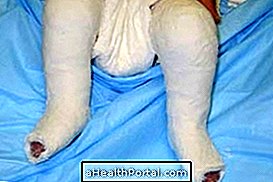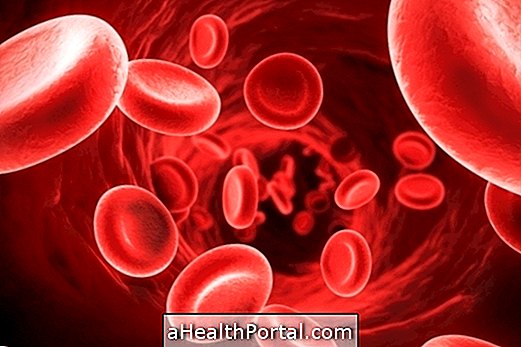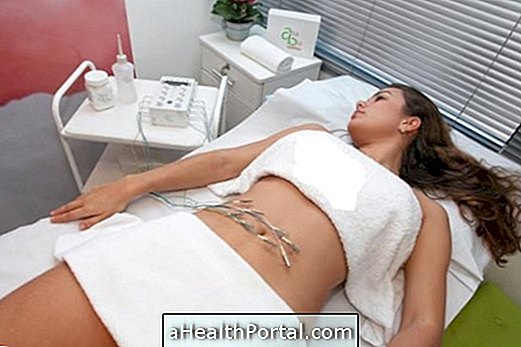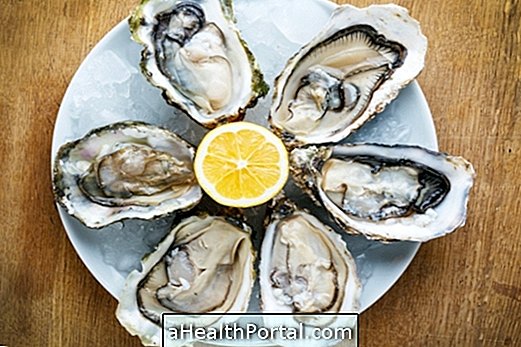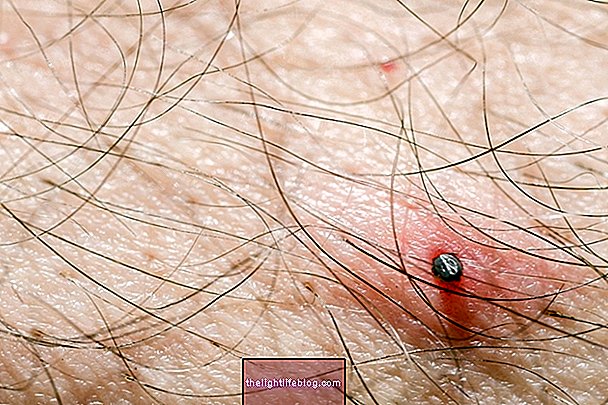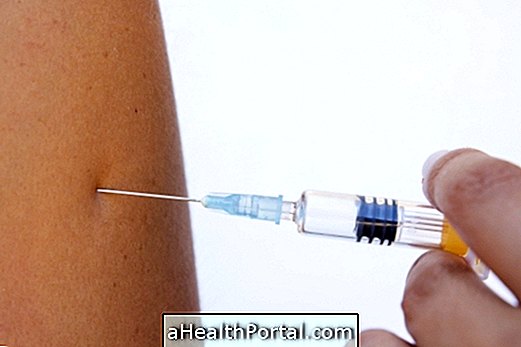Bleeding can be caused by a number of factors that need to be identified later, but it is vital that it is controlled to ensure the victim's immediate well-being until emergency medical emergency assistance arrives.
In the case of external bleeding, it is important to avoid excessive blood flow and, for this, it is recommended that the club be made and, when it is not possible, to put a clean cloth on the lesion and to apply pressure until medical attention reaches the local. In the case of internal bleeding, it is important that first aid be given quickly to avoid worsening of the person's clinical condition.

First aid for bleeding
The first thing to do is to check which type of bleeding, whether internal or external, and thus initiate first aid. Learn how to identify each type of bleeding.
1. Internal bleeding
In the case of internal bleeding, where blood is not seen, but there are some suggestive symptoms, such as thirst, progressively faster and weak pulse, and changes in consciousness, it is recommended:
- Check the person's state of consciousness, calm it and keep it awake;
- Unscrew the person's clothing;
- Leave the victim warm, since it is normal that in case of internal bleeding there is a sensation of cold and tremors;
- Put the person in a safe lateral position.
After these actions, it is recommended that you call the health care provider and stay with the person until they are rescued. In addition, it is recommended not to give food or drink to the victim, as it may choke or vomit, for example.
2. External bleeding
In such cases, it is important to identify the site of bleeding, put on gloves, trigger medical care and begin the first-aid procedure:
- Lay the person down and place a sterile compress or a washcloth at the bleeding site, exerting pressure;
- If the cloth is very full of blood, it is recommended that more cloths be placed and not remove the first ones;
- Pressure the wound for at least 10 minutes.
It is indicated that a club is also made that aims to decrease blood flow to the wound region, reducing bleeding. The club may be rubber or made improvised with a cloth, for example, and should be placed a few inches above the injury.
In addition, if the lesion is located in the arm or leg, it is recommended to keep the limb elevated to decrease blood outflow. If it is located in the abdomen and it is not possible to make the club, it is recommended to put a clean cloth on the injury and to apply pressure.
It is important not to remove the object that may be jammed at the site of bleeding, and it is not recommended to wash the wound or give something to eat or drink.


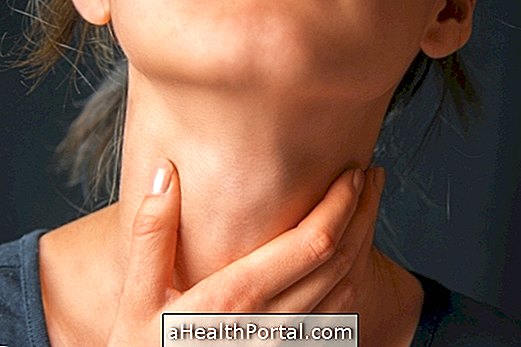
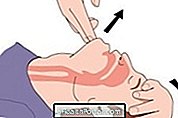
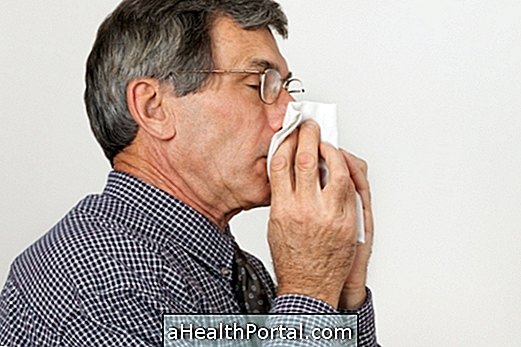

-o-que--sintomas-e-tratamento.jpg)

